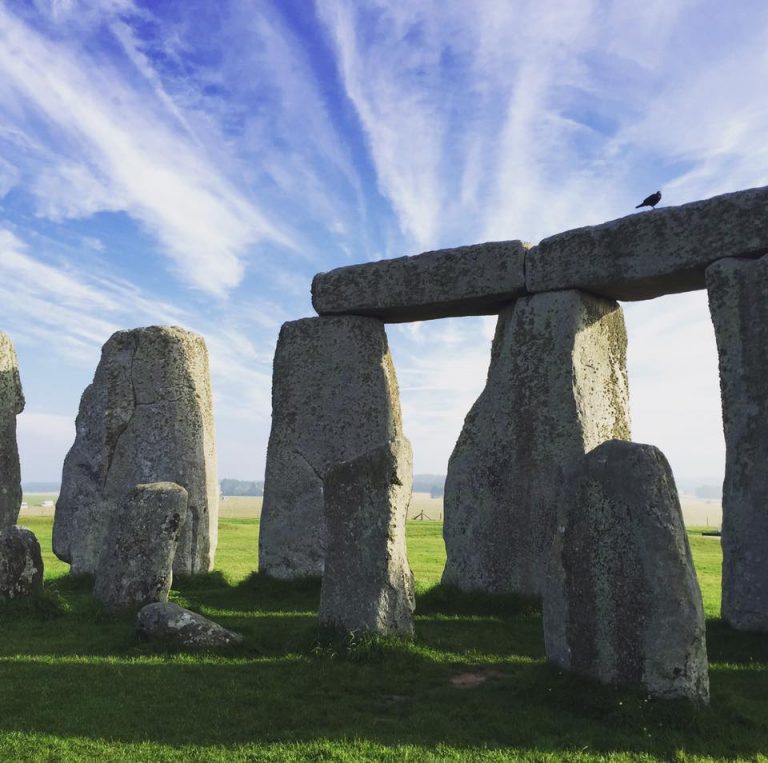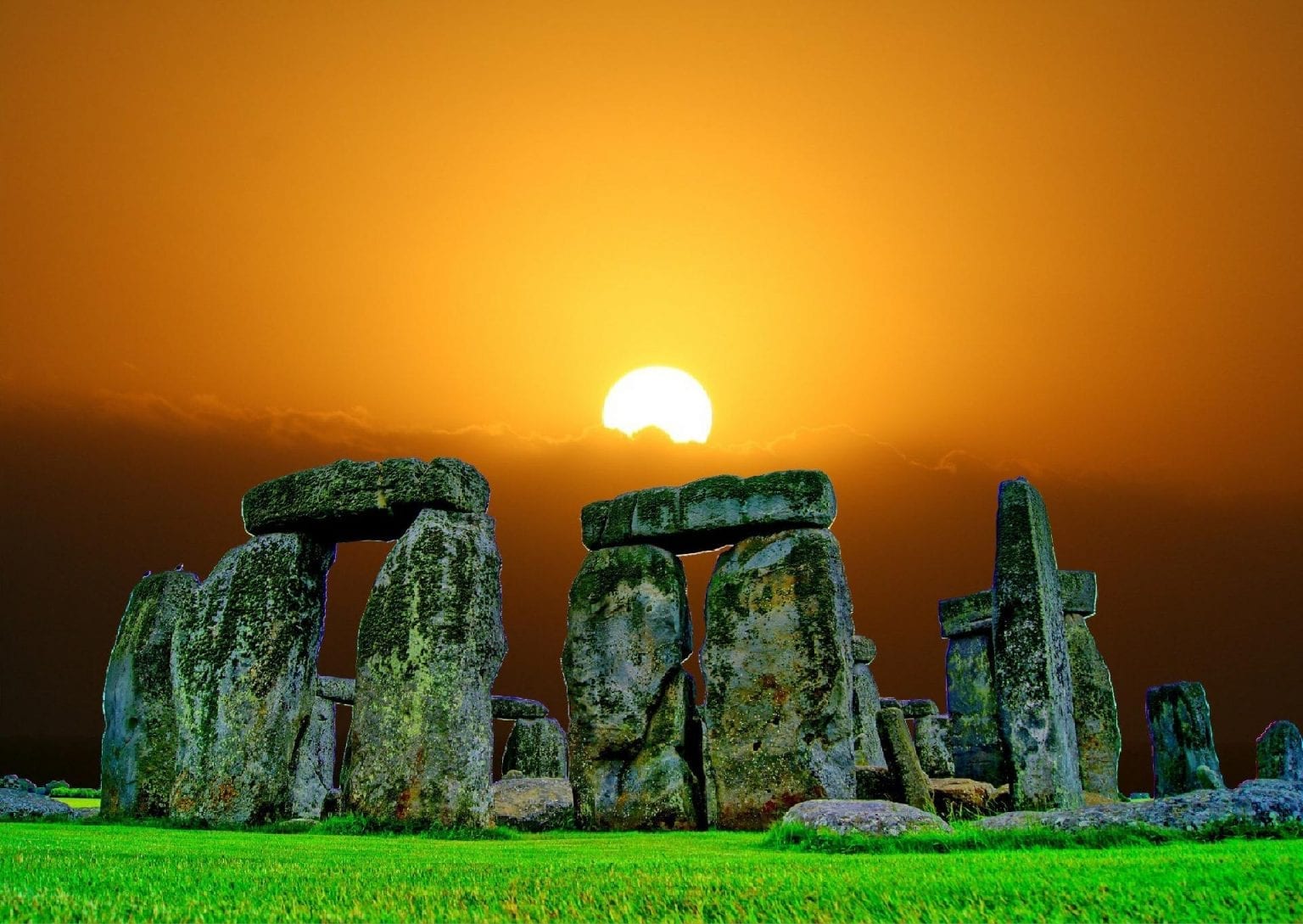
Next, the Stonehenge Hidden Landscape Project team plans to complete further excavation and analysis, including extracting ancient DNA from sediment in the core samples. The paper references evidence indicating that locals maintained the pits’ original shape into the Middle Bronze Age. “It demonstrates the significance of Durrington Walls Henge, the complexity of the monumental structures within the Stonehenge landscape, and the capacity and desire of Neolithic communities to record their cosmological belief systems in ways, and at a scale, that we had never previously anticipated.”Īs Gaffney tells the Guardian’s Dalya Alberge, prehistoric people probably dug the shafts with tools made of stone, wood and bone. “The size of the shafts and circuit surrounding Durrington Walls is without precedent within the U.K.,” says Gaffney in the statement. Others suggested that the pits were natural sinkholes.īut ground-penetrating radar revealed the shafts’ true depth, and core samples taken from the base of a pit yielded bone fragments that allowed the researchers to carbon date its “initial infilling” to around 2,500 B.C., according to a statement. When archaeologists first observed traces of the pits in 1916, they assumed the structures were dew ponds, or shallow artificial pools created to hold cattle’s drinking water, per the paper. “It has completely transformed how we understand this landscape-there is no doubt about it,” he says.Īerial view of Stonehenge and surrounding landscape, including Durrington Walls and newly discovered circle of buried pits

“But now, what we are probably looking at was this great big boundary around them probably warning people of what they are approaching.”Īccording to Gaffney, the discovery makes the site the largest prehistoric structure in all of Great Britain and perhaps Europe. “Stonehenge was for the dead, Durrington was for the living,” lead author Vincent Gaffney, an archaeologist at the University of Bradford, tells the New York Times’ Megan Specia. Each pit measures roughly 30 feet wide and 15 feet deep.

Archaeologists had previously identified several of the anomalies, but a renewed round of remote-sensing testing and ground sampling showed that the pits-buried under layers of loose clay that accumulated over time-are deeper and more deliberately placed than once thought.Īt one point, the Neolithic site may have hosted more than 30 such shafts, reports Vanessa Romo for NPR. Deep pits dot the area surrounding Durrington Walls, creating a mile-wide circle centered on the stone monument. Now, new research published in the journal Internet Archaeology reveals another layer of this historic landscape.

Though prehistoric humans likely used Stonehenge as a sacred place for ceremonies and burials, Durrington Walls was where they actually lived and feasted together. Take, for instance, Durrington Walls, a large Neolithic hedge located just under two miles northeast of its more famous neighbor. But the structures surrounding this roughly 5,000-year-old monument boast equally fascinating histories. Stonehenge is arguably the most well-known megalith in the United Kingdom.


 0 kommentar(er)
0 kommentar(er)
